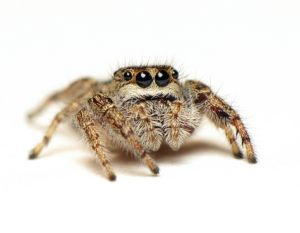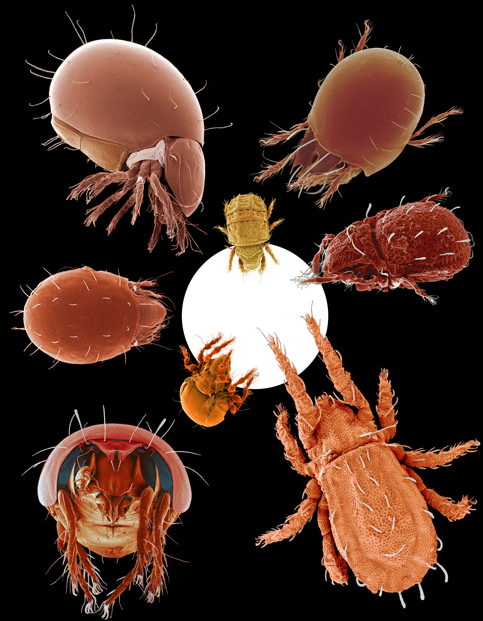A little while ago, a colleague in the UK sent me this article (via twitter, of course!): “Barriers to Faculty Pedagogical Change: Lack of Training, Time, Incentives, and…Tensions with Professional Identity?” by Brownell and Tanner. He knew I’d be interested - I’m always experimenting with my own teaching, but I’m also aware that I’m in the minority.
The article starts by making an excellent argument that we KNOW how to improve teaching at Universities, but little change takes place regardless. Brownell and Tanner make the argument that barriers to Professors wanting to improve their teaching are often related to lack of training, lack of time, or lack of incentives. This fits with my impression of Academia, especially at a research-intensive University such as McGill. When I arrived over 10 years ago, I had little training as a teacher (other than a couple of short workshops), I had little time to devote to teaching improvement (I was barely ever one lecture ahead of the students!), and I was mostly encouraged to concentrate on developing my research program. There were not a lot of incentives to foster, improve, or change my teaching approach. I don’t blame anyone for this, nor am I bitter about my experience. It was the norm, and perhaps still is for most tenure-track Professors at a University with a significant research focus. So, as I began reading Bronwell and Tanner’s paper, it resonated, and I agreed that training, time and incentives were key barriers to changing pedagogy.
Brownell and Tanner, however, ask a clever question: if we imagined those three barriers gone, would we see immediate improvements in teaching? Would Professors suddenly value pedagogy and teaching improvement differently, and find ways to change their approach to the classroom? Perhaps not - and this is where the article gets interesting.
The article focuses on “Professional Identity” as being a key barrier to improved teaching, but one that is often understudied and underappreciated. They define professional identity to be the following: “how they [scientists] view themselves and their work in the context of their disciplines and how they accrue status among their professional colleagues as academic scientists”. In other words, it’s the process related to the way that we become an expert in our discipline - the culture, the context, and the training we receive. It’s the intangible as well as the tangible things that become our professional baggage. Brownell and Tanner argue that, for many scientists, we learn early in our careers to value research over teaching, and there is (for the most part) a greater emphasis placed on developing our research profile. There is often time and incentives to do some teaching (e.g., Teaching Assistantships are paid, and have hours associated with them), and there is training available (McGill’s SKILLSETS programs are a fine example). Regardless, the culture of science is mostly related to research and we are ultimately judged on research production rather than teaching. My personal experience supports this idea, and I have found myself often discussing this with my graduate students - I sometimes have advised them to avoid extra teaching responsibilities if it is going to slow down their research productivity.
Brownell and Tanner go into a lot of detail about the tensions between the development of professional identities and participating in pedagogical change. They make a very strong case: among several lines of arguments, they illustrate that scientists are often afraid to change their teaching approach for fear that it may be frowned upon by their peers, or that their teaching evaluations might suffer (and, in in the short term, this may be true). They also argue that the scientific culture, at large, places a lower value on teaching than on research, and it’s hard to overcome this.
The article finishes with some ideas for change: “we need to find ways to challenge the assumption that a scientist’s professional identity should be primarily research-focused and consider ways in which teaching could become more integrated into the fabric of the discipline“. The authors suggest 1) graduate student and post-doctoral training goals need to be broadened, 2) scientific journals should include/value papers and research related to education, 3) scientific conferences should better integrate education into the (typical) research focus. These are intriguing, thought-provoking, and interesting ideas. But are they enough to shed some of our professional baggage? I’m a bit skeptical, but I do agree that some pretty fundamental paradigm shifts are required if we want to shake up the system, and see Professors placing higher value on teaching improvement.
Reference:
Brownell, S.E. & K.D. Tanner 2012. Barriers to Faculty Pedagogical Change: Lack of Training, Time, Incentives, and…Tensions with Professional Identity? CBE - Life Sciences Education. 11: 339-346 doi: 10.1187/cbe.12-09-0163








